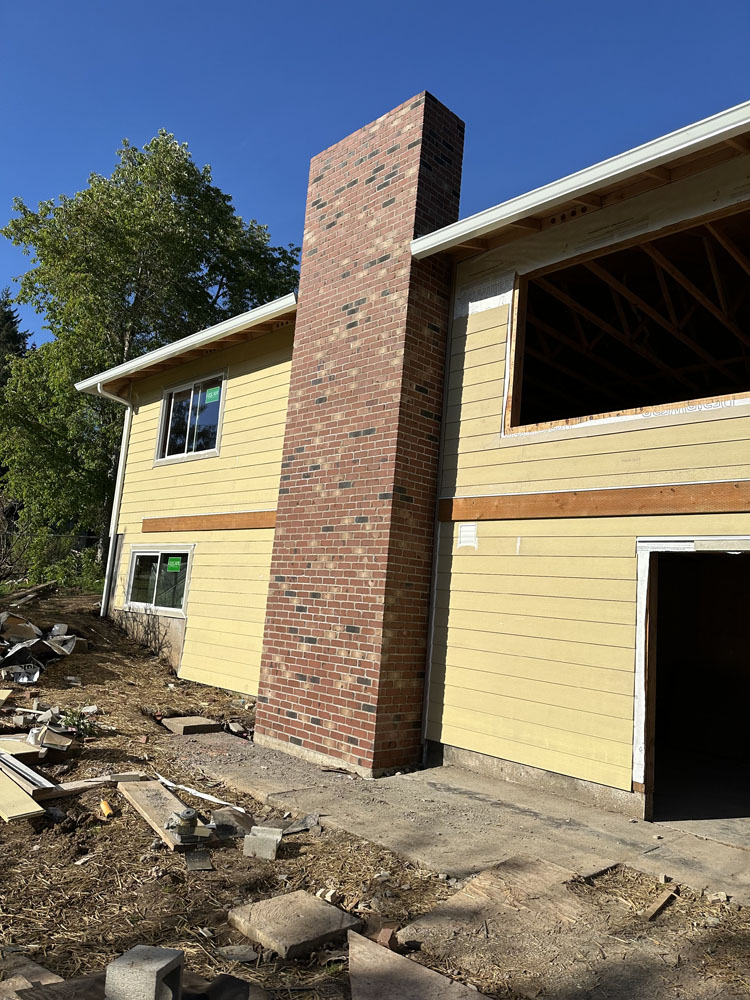Masonry is often celebrated for its strength, durability, and timeless beauty. Whether it’s your home’s brick facade or a charming stone patio, masonry can add an element of elegance to any property. However, over time, even the most stunning masonry can start to show signs of wear and tear. When this happens, what once was a source of pride may begin to feel like a burden. In this comprehensive guide, we will explore the signs that your masonry needs work and provide invaluable insights from seasoned masonry contractors.
Understanding the Importance of Masonry Maintenance
Why Is Masonry Maintenance Crucial?
The importance of maintaining your masonry cannot be overstated. Not only does regular upkeep preserve its aesthetic appeal, but it also protects your investment. Weather elements such as rain, snow, and temperature fluctuations can wreak havoc on your masonry if it’s not properly cared for.
The Role of a Masonry Contractor
A masonry contractor is essential in ensuring that any necessary repairs are performed correctly and efficiently. Their expertise enables them to identify potential problems early on and address them before they escalate into costly repairs.
What Does a Masonry Contractor Do?
A qualified masonry contractor typically handles:
- Evaluating existing structures Performing repairs Replacing damaged materials Offering maintenance advice
When Beauty Turns into Burden: Signs Your Masonry Needs Work
Masonry may start to show signs of deterioration due to various factors. Let’s delve into some of the most common indicators that it might be time to call in a professional.
1. Cracks in Mortar Joints
What Causes Cracks?
Cracks in mortar joints can occur for several reasons:
- Natural settling Temperature changes Poor workmanship during installation
How Can You Identify Them?
Look for visible gaps or fissures in the mortar between bricks or stones. If these cracks measure more than 1/8 inch wide, it's time to consult with a masonry contractor.
2. Spalling Bricks or Stones
What Is Spalling?
Spalling refers to the flaking or peeling away of bricks or stones' surface layer due to moisture infiltration and freeze-thaw cycles.
Identifying Spalling
Check for:
- Loose fragments around your property Surface discoloration Soft spots on bricks
3. Efflorescence Build-Up
What Is Efflorescence?
Efflorescence is a white powdery substance that appears on brick surfaces due to soluble salts migrating through the material.
How Can You Spot It?
Look for areas where efflorescence is present; it can indicate water issues that may compromise integrity.
4. Water Damage
Signs of Water Damage
Water damage manifests itself through:
- Mold growth Discoloration on walls or ceilings Dampness in basements or crawl spaces
5. Bowing Walls
Understanding Bowing Walls
Bowing occurs when walls become unstable due to pressure from soil movement or masonry contractor services in Tualatin poor drainage systems.
What Should You Look For?
If you notice walls leaning outward at the top or bottom, consult with professionals immediately.
6. Crumbling Brick Faces
Causes of Crumbling Bricks
Age, moisture intrusion, and freeze-thaw cycles can lead to crumbling bricks.
How Do You Identify This Issue?
Inspect exterior surfaces for signs of deterioration; crumbling bricks are often soft and disintegrate easily when touched.
The Process of Masonry Repair
When beauty turns into burden with your masonry work, knowing how repairs are performed can ease concerns about costs and timelines.
Steps Involved in Repairing Masonry
Assessment: A thorough inspection by a masonry contractor. Planning: Developing an action plan based on findings. Execution: Performing necessary repairs using proper techniques. Final Inspection: Ensuring all work meets industry standards before completion.Common Questions About Masonry Repair
FAQ 1: How often should I inspect my masonry?
It is advisable to inspect your masonry at least once a year or after severe weather events.
FAQ 2: Can I repair my masonry myself?
While minor repairs may be DIY-friendly, hiring a qualified masonry contractor ensures safety and quality craftsmanship.
FAQ 3: How much do masonry repairs typically cost?
The costs vary widely based on the extent of damage but expect anywhere from $500 up to several thousand dollars depending on complexity.
FAQ 4: Is efflorescence dangerous?
While not structurally damaging by itself, efflorescence indicates moisture issues that could lead to serious problems if left unaddressed.
FAQ 5: Will insurance cover my masonry repair costs?
Many homeowner policies cover damages related to specific incidents; check with your provider for details regarding coverage limits.

FAQ 6: How long does a typical masonry repair take?
Masonry Contractor Near You in SalemDepending on the scope of work required, repairs can take anywhere from one day up to several weeks for more extensive projects.
Conclusion
In conclusion, while beautiful masonry adds significant value and charm to any property, neglecting essential maintenance can turn this asset into a burden. Recognizing the signs that indicate your masonry needs work is crucial; whether you notice cracking mortar joints or spalling bricks — prompt action will save both time and money down the road. Always consider hiring an experienced masonry contractor who can expertly assess any issues and provide tailored solutions suited specifically for your property needs.
By staying vigilant about these warning signs outlined in "When Beauty Turns into Burden: Signs Your Masonry Needs Work," you're not just preserving your home's beauty but also safeguarding its structural integrity for years to come!